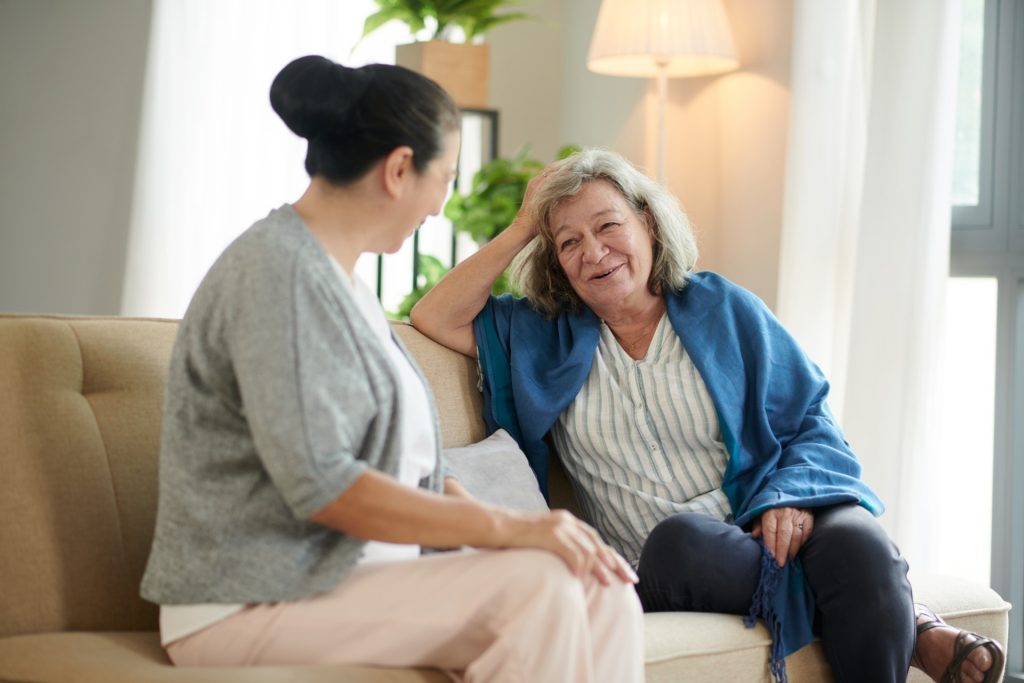Over one-fourth of seniors fall each year, resulting in millions of emergency room visits. Although falls are the most common cause of injury in adults over 65, that does not mean they are bound to happen. Read on to learn the truths behind some of the most common misconceptions about senior falls.
Table of Contents
Falls Are Inevitable
Many people assume falls are an inevitable part of getting older. While that’s not the case, they are a concern for seniors due to declining health. An assisted living facility provides the care and monitoring needed to prevent falls. Learn more by filling out the online form or calling for a tour.
Older People Naturally Lose Flexibility and Strength
Contrary to popular belief, age doesn’t prevent us from maintaining or gaining muscle flexibility and strength. Weight-bearing exercises help seniors gain the strength needed to prevent falls. Regular activities, such as yoga and walking, will also improve balance. Seniors should consult their doctors to determine an appropriate course of action.
Medication Doesn’t Cause Falls
Many seniors take medications with side effects like drowsiness and dizziness, which increase the chances of a fall. Older adults and loved ones should consider the side effects of all medications. Ask about potential drug interactions and tell doctors about any supplements the senior takes. Adjustments may be made to ensure continued safety.
Sedentary Lifestyles Reduce the Risk of Falls
The opposite is true: limiting activity increases the risk of falls. Regular activity maintains balance, flexibility, and strength, while inactivity decreases mobility and causes muscle atrophy. With age-appropriate exercise plans, seniors can stay healthy and reduce their fall risk.
Staying Indoors Decreases the Risk of Falls and Injuries
Over half of all senior falls happen at home, and items like furniture or rugs contribute to many of these incidents. To make seniors’ homes safer, remove loose rugs, install handrails on stairs, and ensure adequate lighting. Instead of limiting social interaction and staying indoors, it’s better to make seniors’ environments safer.
Seniors Don’t Need Yearly Vision Checks
Regular eye exams are important, even for seniors. Deteriorating or low vision affects balance and makes it harder for older adults to navigate their surroundings, which increases fall risks. By scheduling yearly eye exams, seniors can ensure optimal eyesight and reduce their risk of injury.
Walker and Cane Use Increases Dependence
This simply is not true. Walking aids like canes and walkers enhance seniors’ independence and mobility. They reduce fall risks, but they must be used correctly. Care team members will ensure that residents use walking aids safely and optimally.

Get Past the Misconceptions and Enjoy a Safe, Fall-Free Life
Agility and balance naturally decline as we age. If these conditions are left untreated, they put seniors at a higher risk of falls and injuries. Older adults and caregivers can take a few steps to prevent falls and make the environment safer. With help from an experienced care team, seniors can enjoy a safer, happier, and healthier life with a lower fall risk.

